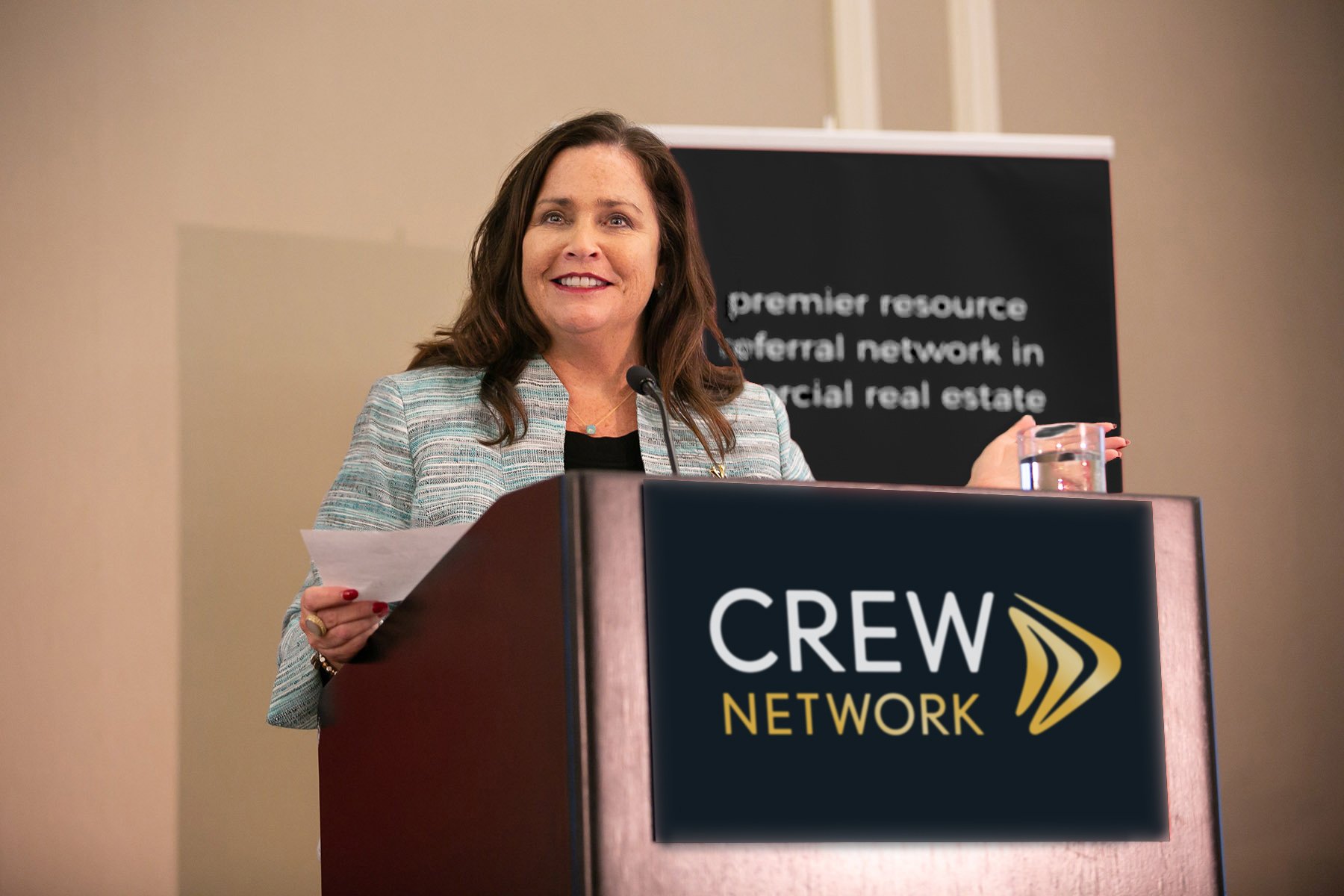The retail sector has suffered adverse headlines during the current economic expansion, but a closer examination of brick-and-mortar retailing shows the present and future are bright. The pressure from online retailers and store closures are not without merit, though are somewhat overblown as retailers evolve their offerings to thrive in a new environment. Companies are moving away from a transactional model and moving to experience- and necessity-based retailing, which can't be replicated by online retailers.
Threats to the old retailing model are real, yet most of the pain in the sector is likely in the rearview mirror. Online sales continue to grow as a percentage of total sales, buoyed by rapid delivery reaching a greater share of the population. In large metro areas, where warehouses are established, and large e-commerce companies have logistical networks that enable same-day delivery, further penetration of online sales is expected to slow. As companies like Amazon and brick-and-mortar stores with a large online presence continue to create more efficient delivery networks in smaller markets, the impact of online penetration is also going to be relatively inconsequential relative to the changes that occurred over the past few years.
Recommended For You
Want to continue reading?
Become a Free ALM Digital Reader.
Once you are an ALM Digital Member, you’ll receive:
- Breaking commercial real estate news and analysis, on-site and via our newsletters and custom alerts
- Educational webcasts, white papers, and ebooks from industry thought leaders
- Critical coverage of the property casualty insurance and financial advisory markets on our other ALM sites, PropertyCasualty360 and ThinkAdvisor
Already have an account? Sign In Now
*May exclude premium content© 2025 ALM Global, LLC, All Rights Reserved. Request academic re-use from www.copyright.com. All other uses, submit a request to [email protected]. For more information visit Asset & Logo Licensing.









